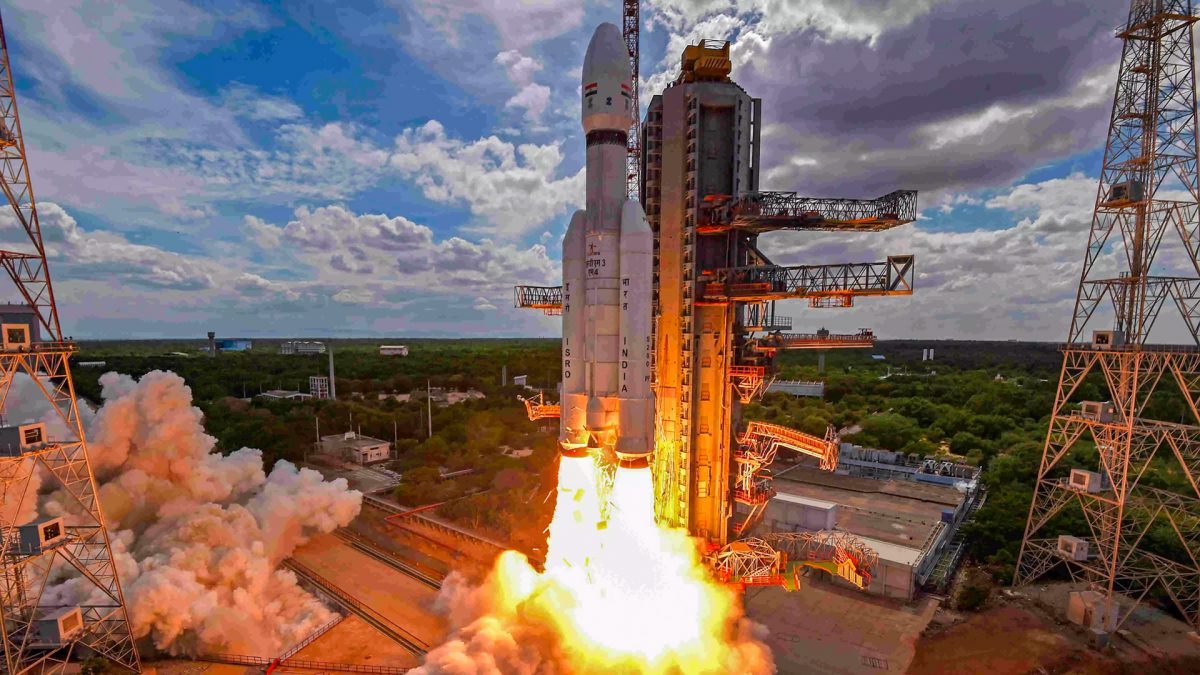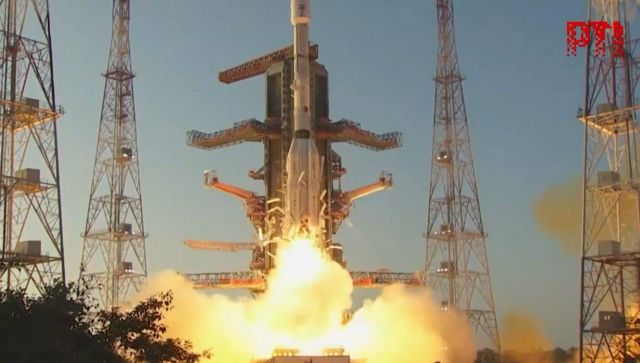The Indian space agency is deliberating the ways and means of setting right a glitch in its fourth regional navigation satellite with minimum effort so that it can be launched early, said an official.
The 1,425kg satellite - Indian Regional Navigation Satellite System-IRNSS-1D - was supposed to be launched on the evening of 9 March by an Indian rocket called Polar Satellite Launch Vehicle (PSLV-XL).
The Indian Space Research Organisation (Isro) on 4 March, however, deferred the launch after it discovered that one of the telemetry transmitters in the IRNSS-1D was not working properly.
“We are assessing how the correction work can be carried out with minimum effort so that the satellite can be launched early,” an Isro official told IANS on Friday.
Indian satellite experts are trying to find an easy path to reach the problem transmitter and set it right.
According to the official, only then will it be possible to estimate the time needed to repair the telemetry transmitter and fix the rocket launch date.
This is the first time in Isro’s history that a satellite has to be dismounted from a rocket due to a problem with it.
Prior to this incident, satellites have been dismounted from a rocket but due to other issues.
India has so far launched three regional navigational satellites as part of a constellation of seven satellites, which they hope will provide accurate position information service to users across the country and the region, extending up to an area of 1,500km.
Though the full system comprises nine satellites - seven in orbit and two on the ground as stand -by - the navigation services could be made operational with just four satellites, Isro officials had said earlier.
Each satellite costs around Rs.150 crore and the PSLV-XL version rocket would cost around Rs.130 crore. The seven rockets would involve an outlay of around Rs.910 crore.
The entire IRNSS constellation of seven satellites is expected to be completed by 2015.
The first satellite IRNSS-1A was launched in July 2013, the second IRNSS-1B in April 2014 and the third on October 16, 2014.
Once the regional navigation system is in place, India need not be dependent on others.
The IRNSS will provide two types of services - standard positioning service and restricted service. The former is provided to all users and the latter is an encrypted service for authorised users.
The IRNSS system comprises two segments - the space and the ground. The space segment consists of seven satellites of which three will be in geostationary orbit and four in inclined geosynchronous orbit.
The ground segment consists of infrastructure for controlling, tracking and other facilities.
The navigation system will be used for terrestrial, aerial and marine navigation, disaster management, vehicle tracking, fleet management, integration with mobile phones, mapping, and geodetic data capture, visual and voice navigation for drivers and others.
The Indian navigation satellite system will be similar to the Global Positioning System (GPS) of the US, Glonass of Russia, Galileo of Europe, Beidou of China and Quasi Zenith satellite system of Japan.
IANS


)




)
)
)
)
)
)
)
)